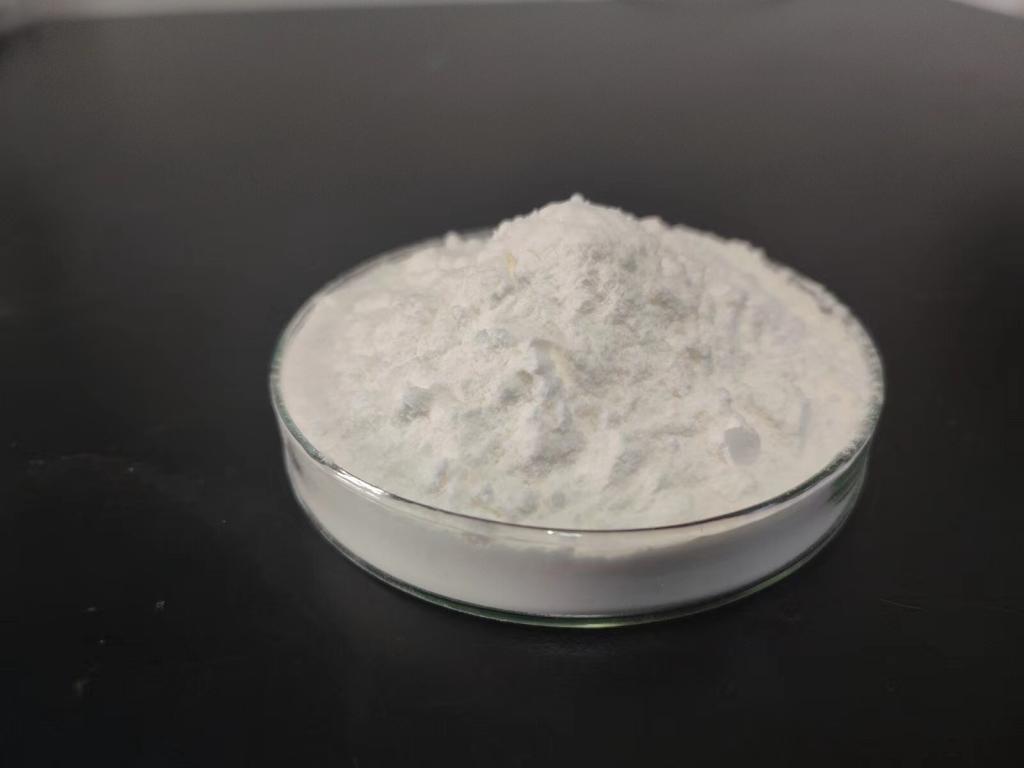Tel:0086 18231198596

News
Current Position:
Home >
News
>Engineering ε-Polylysine hydrochloride for enhanced antimicrobial efficacy.
Engineering ε-Polylysine hydrochloride for enhanced antimicrobial efficacy.
TIME:2024-05-11
1. Engineering Strategies for Enhancing ε-Polylysine Hydrochloride:
Chemical modifications: Structural modifications of ε-PL, such as derivatization, conjugation with other molecules, or incorporation of functional groups, can enhance its antimicrobial activity, stability, and bioavailability.
Nanoparticle formulations: ε-PL nanoparticles offer advantages such as controlled release, improved stability, and enhanced penetration into microbial cells, leading to increased antimicrobial efficacy.
Combination therapies: Synergistic combinations of ε-PL with other antimicrobial agents, such as antibiotics, essential oils, or metal nanoparticles, can potentiate its antimicrobial activity and overcome resistance mechanisms.
2. Applications of Engineered ε-Polylysine Hydrochloride:
Food preservation: Engineered ε-PL formulations have applications in food preservation, extending the shelf-life of perishable foods and reducing the risk of foodborne pathogens.
Biomedical devices: Coating biomedical devices with engineered ε-PL can prevent biofilm formation, reduce the risk of device-associated infections, and enhance the longevity of implantable devices.
Pharmaceuticals: Engineered ε-PL can be incorporated into pharmaceutical formulations for topical or systemic administration, offering an effective treatment option for infections caused by multidrug-resistant pathogens.
3. Regulatory Considerations:
Safety assessment: ε-Polylysine hydrochloride has been evaluated for safety by regulatory agencies, and engineered derivatives must undergo rigorous testing to ensure their safety for intended applications.
Regulatory approvals: Regulatory approval processes vary depending on the intended use of engineered ε-PL products, requiring compliance with applicable standards and guidelines for food additives, medical devices, or pharmaceuticals.
4. Future Directions and Challenges:
Optimization of formulations: Continued research is needed to optimize the formulation and delivery of engineered ε-PL for specific applications, considering factors such as stability, biocompatibility, and targeted delivery.
Scale-up and commercialization: Challenges related to scalability, cost-effectiveness, and regulatory compliance must be addressed to facilitate the commercialization of engineered ε-PL products.
Addressing resistance: Strategies to mitigate the development of resistance to ε-PL and combination therapies should be explored to ensure its long-term effectiveness as an antimicrobial agent.
Conclusion:
Engineering ε-polylysine hydrochloride represents a promising approach for enhancing its antimicrobial efficacy and expanding its applications in various fields, including food preservation, healthcare, and pharmaceuticals. By leveraging chemical modifications, nanoparticle formulations, and combination therapies, engineered ε-PL offers a versatile and effective solution for combating antimicrobial resistance and improving public health outcomes. Continued research, regulatory support, and industry collaboration are essential for realizing the full potential of engineered ε-PL in addressing global antimicrobial challenges.

 CONTACT
CONTACT




